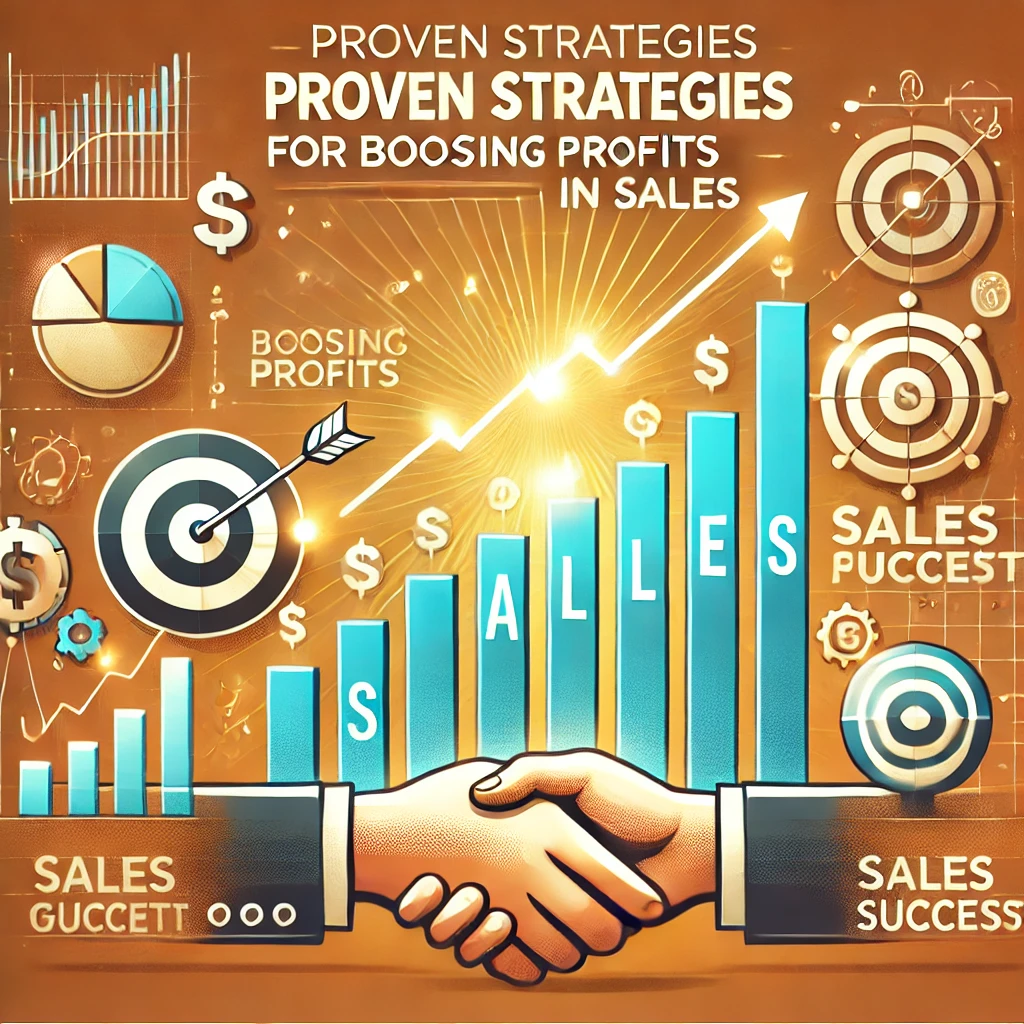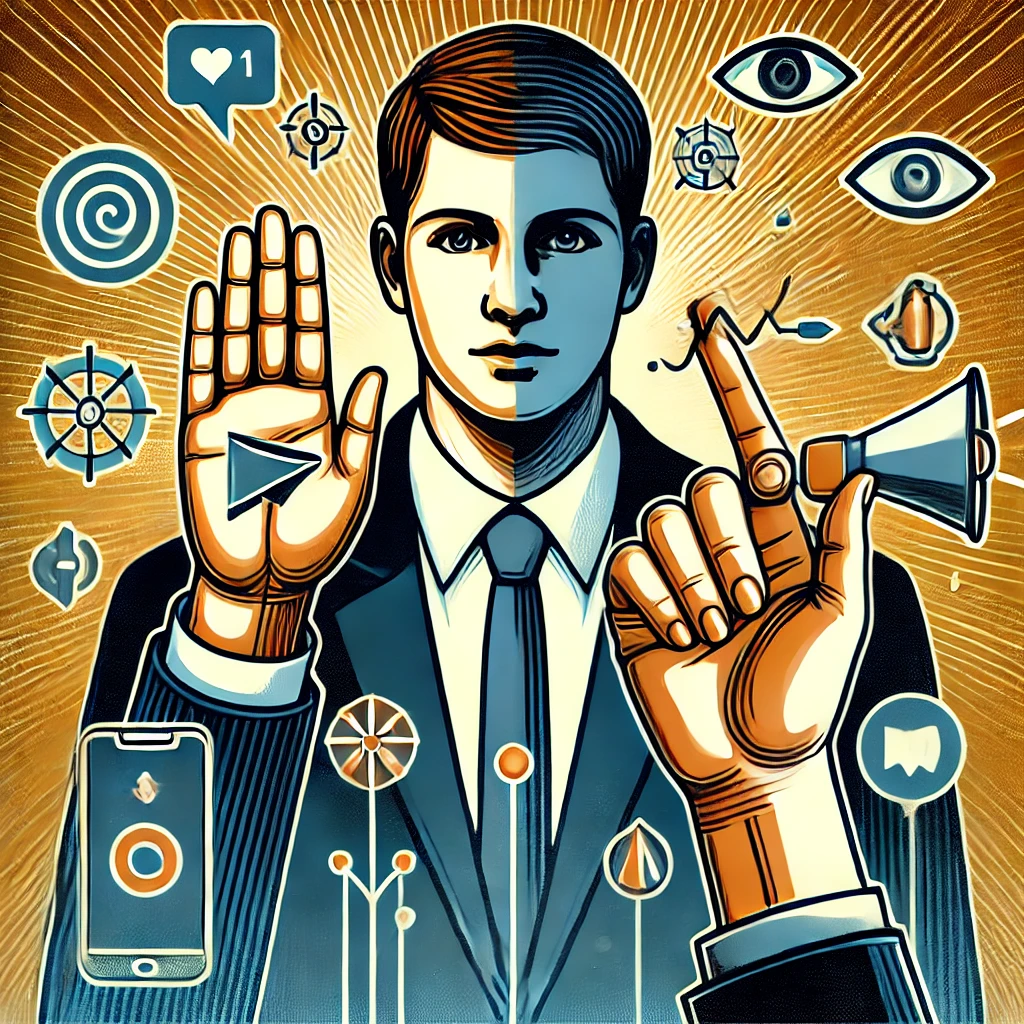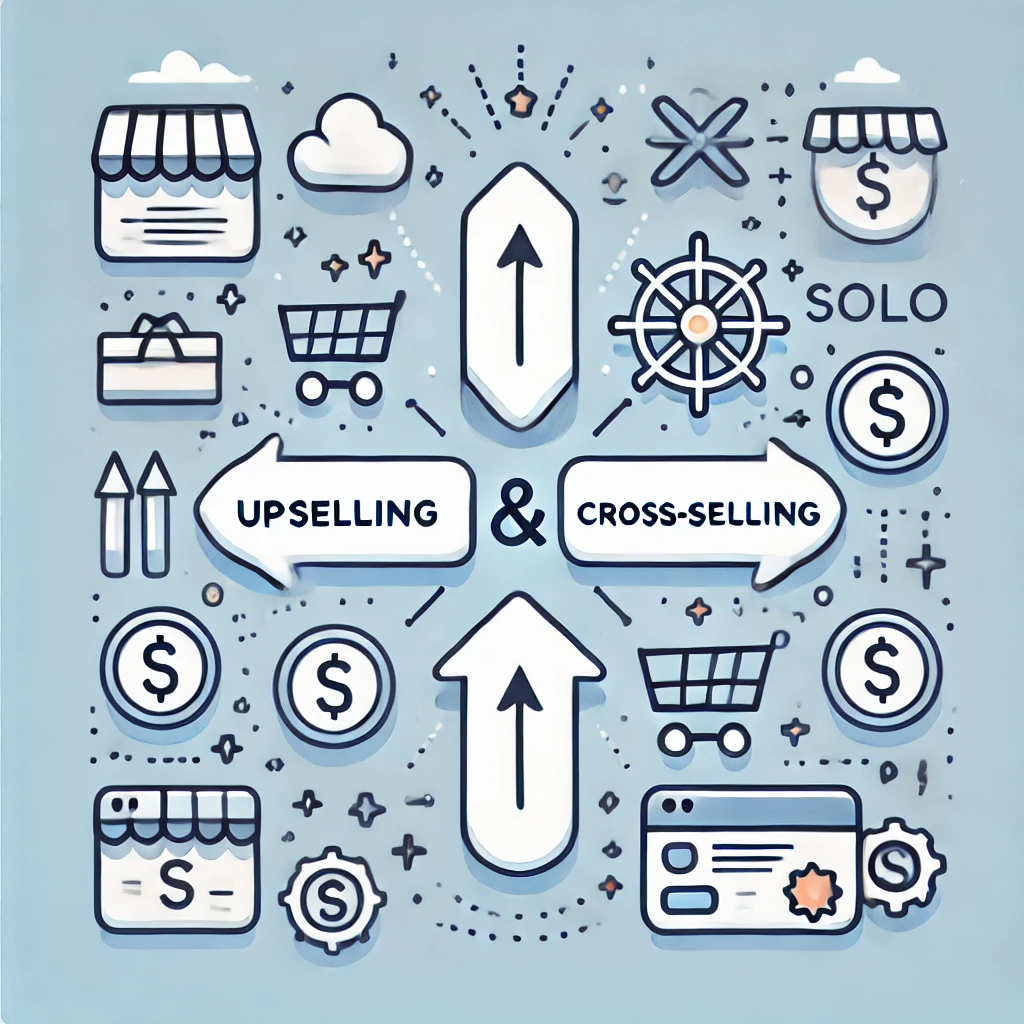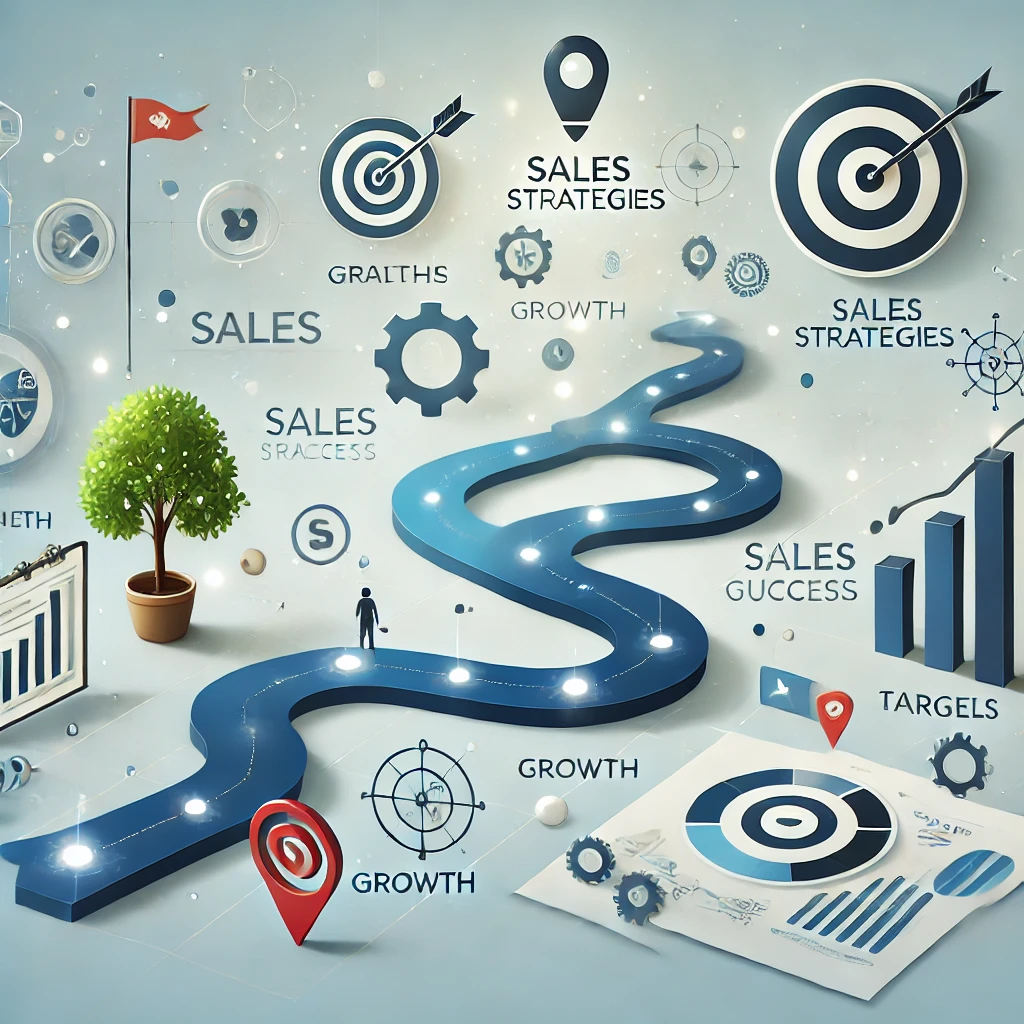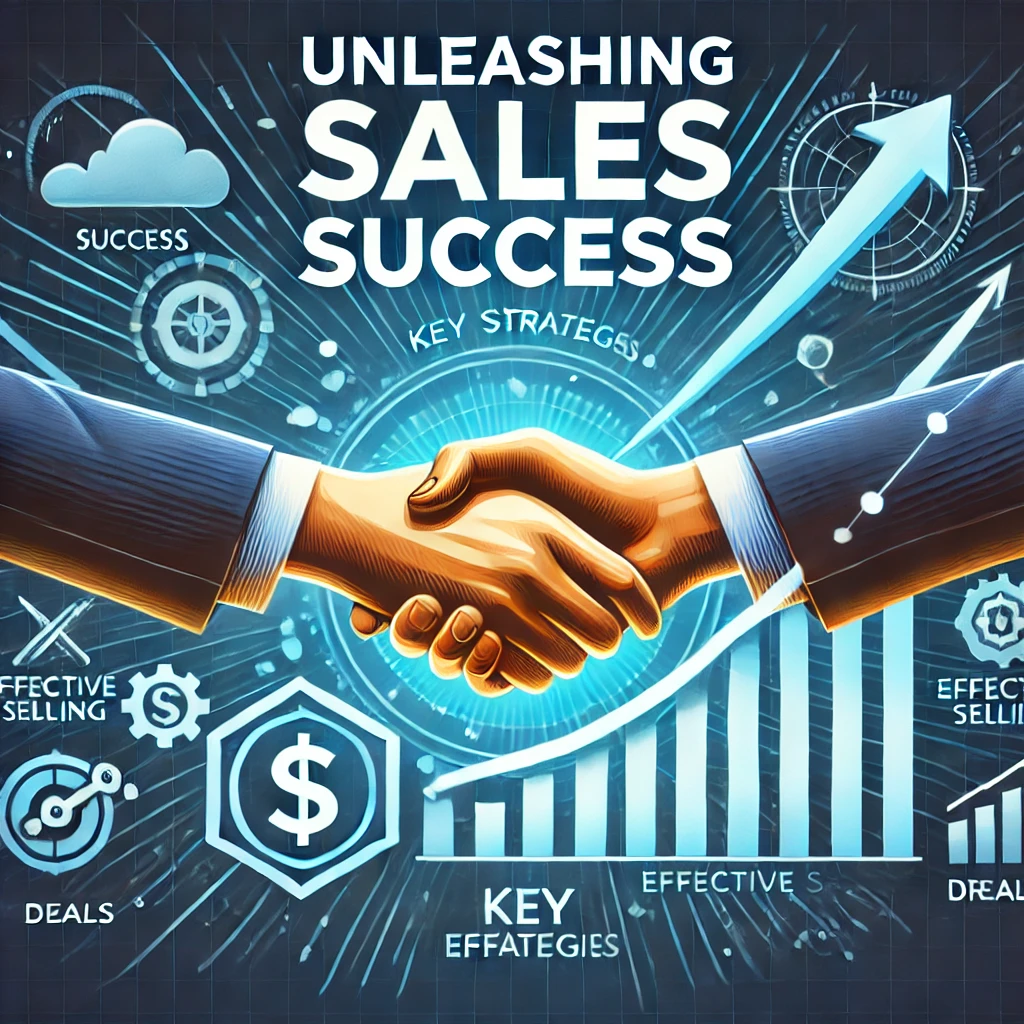
The world of sales is constantly evolving. As consumer preferences shift, technology advances, and new market dynamics emerge, businesses must adapt their sales strategies to stay competitive. The year 2025 promises to bring even more changes in the sales landscape, requiring organizations to be agile, innovative, and forward-thinking.
In this blog, we’ll explore some of the top sales strategies for 2025, focusing on how you can adapt to changing consumer behavior, harness new technologies, and build deeper connections with your customers.
Understanding the Shift in Consumer Behavior
Before diving into the specific sales strategies, it’s crucial to understand the changes in consumer behavior that are shaping the market today. Several factors are contributing to shifts in how people make purchasing decisions, and these shifts are expected to accelerate in the coming years.
Personalization is Key: Consumers expect tailored experiences. From personalized product recommendations to customized marketing messages, buyers want to feel like brands understand their unique needs.
Sustainability and Ethics: More consumers are making purchasing decisions based on sustainability and the ethical practices of companies. Whether it’s environmental responsibility or fair trade practices, customers are paying attention to how businesses align with their values.
Omnichannel Experiences: Customers no longer shop through a single channel. They engage with brands through multiple touchpoints, whether it’s social media, e-commerce platforms, in-store visits, or customer service interactions.
Digital Transformation: Digital tools and platforms have become a vital part of the buying journey. From virtual consultations to online reviews and AI-powered chatbots, technology is playing a bigger role in how customers discover, research, and buy products.
Authenticity and Transparency: Consumers are increasingly looking for brands that are authentic and transparent in their operations. They want to know who is behind the products they purchase, where those products come from, and how they’re made.
Sales Strategies for 2025
With these shifts in mind, businesses need to adopt sales strategies that align with these new consumer expectations. Here are some sales strategies that will help you thrive in 2025 and beyond:
Leverage Artificial Intelligence (AI) and Automation
AI is transforming how businesses approach sales, allowing them to automate repetitive tasks, gather valuable insights, and enhance the customer experience. By incorporating AI-powered tools like chatbots, predictive analytics, and automated email sequences, sales teams can focus on building relationships and closing deals rather than spending time on administrative tasks.
How to implement this:
Use AI to analyze customer data and segment your audience more effectively. This will allow you to create highly personalized sales outreach.
Integrate chatbots into your website or messaging platforms to handle initial inquiries, qualify leads, and schedule meetings with sales reps.
Use AI-powered tools for predictive analytics to identify when a lead is most likely to convert and tailor your follow-up strategies accordingly.
Implement an Omnichannel Sales Approach
As more consumers engage with brands across multiple platforms, adopting an omnichannel sales strategy is crucial. An omnichannel approach ensures that your customers can interact with your brand seamlessly across different touchpoints—whether that’s through social media, your website, in-store, or through customer service channels.
How to implement this:
Create a unified customer experience across all channels. Ensure that your messaging, branding, and customer service are consistent across social media, email, phone, and in-person interactions.
Use tools like CRM (Customer Relationship Management) systems to track customer interactions across different touchpoints and offer a personalized experience at every stage of the buyer’s journey.
Provide multiple ways for customers to reach you, such as live chat, email, social media, and phone support. Ensure that your sales team can easily manage and respond to inquiries from any of these channels.
Prioritize Building Trust and Relationships
In 2025, customers are looking for more than just a product—they’re looking for a brand they can trust. Building relationships and establishing credibility will be more important than ever in the sales process. Sales teams will need to engage in meaningful conversations with prospects, provide valuable insights, and nurture long-term relationships.
How to implement this:
Invest in relationship-building tools like CRM systems to track and personalize communication with your leads and customers.
Be proactive in providing value—whether through educational content, resources, or personalized consultations.
Listen carefully to your customers’ pain points and offer tailored solutions. Show genuine empathy and make them feel heard and understood.
Embrace Social Selling and Influencer Marketing
Social selling is the process of using social media platforms to find, connect with, and nurture prospects. In 2025, social selling will continue to grow as a powerful tool for reaching potential buyers. Additionally, influencer marketing will play a pivotal role in building credibility and trust with consumers.
The sales landscape in 2025 will be shaped by shifting consumer behaviors, technological advancements, and new market demands. To succeed in this evolving environment, businesses must adapt their sales strategies by embracing personalization, leveraging AI, adopting an omnichannel approach, and building meaningful relationships with customers.

